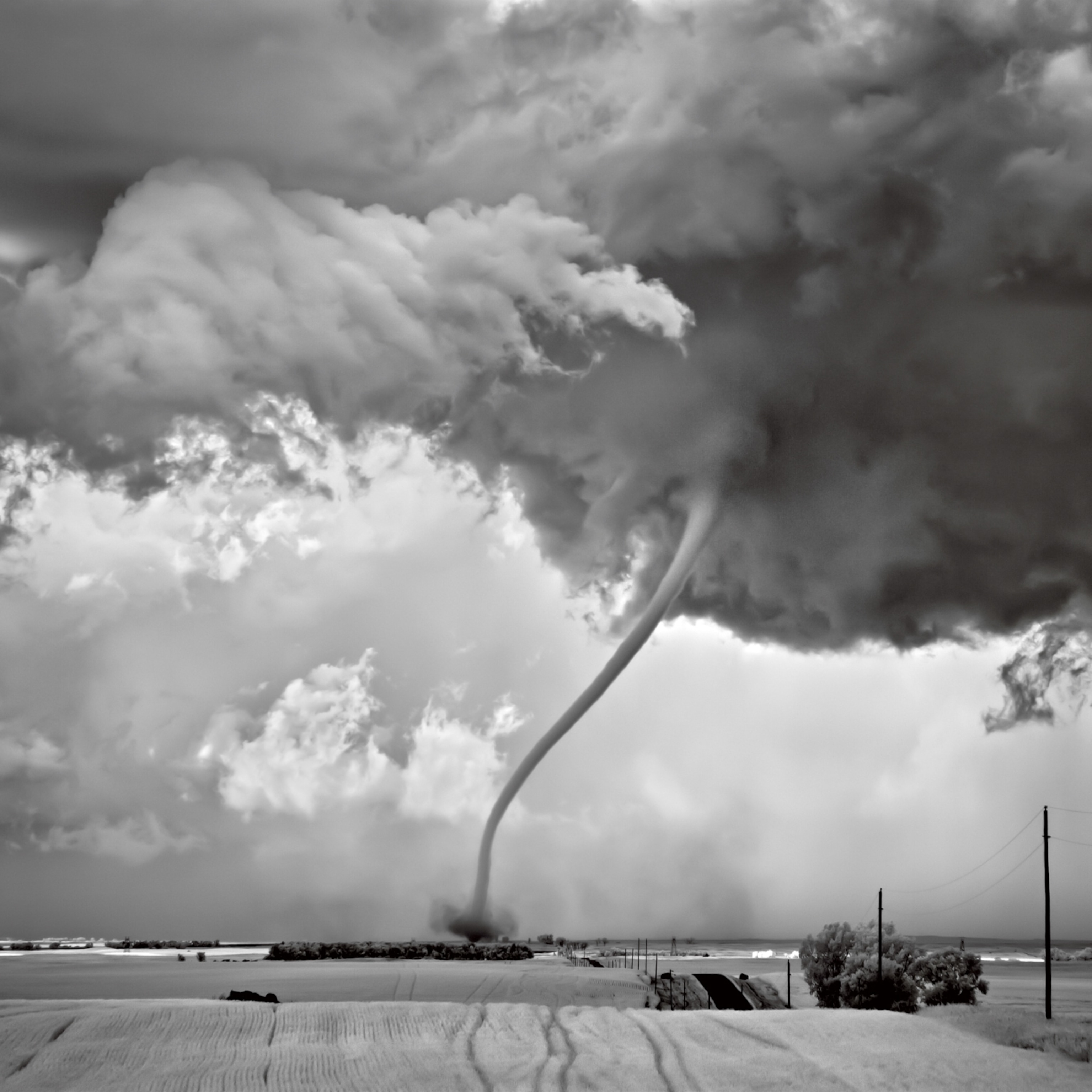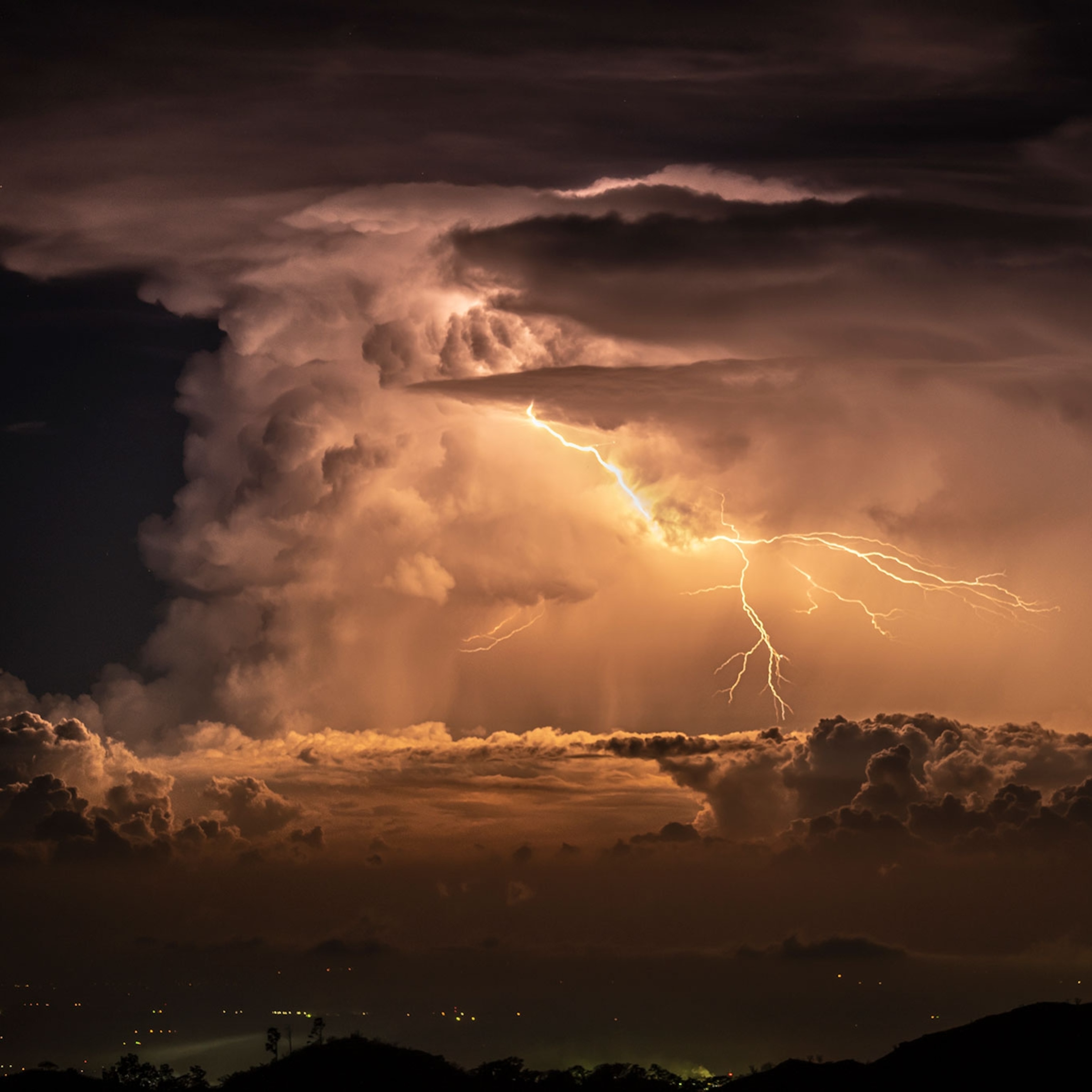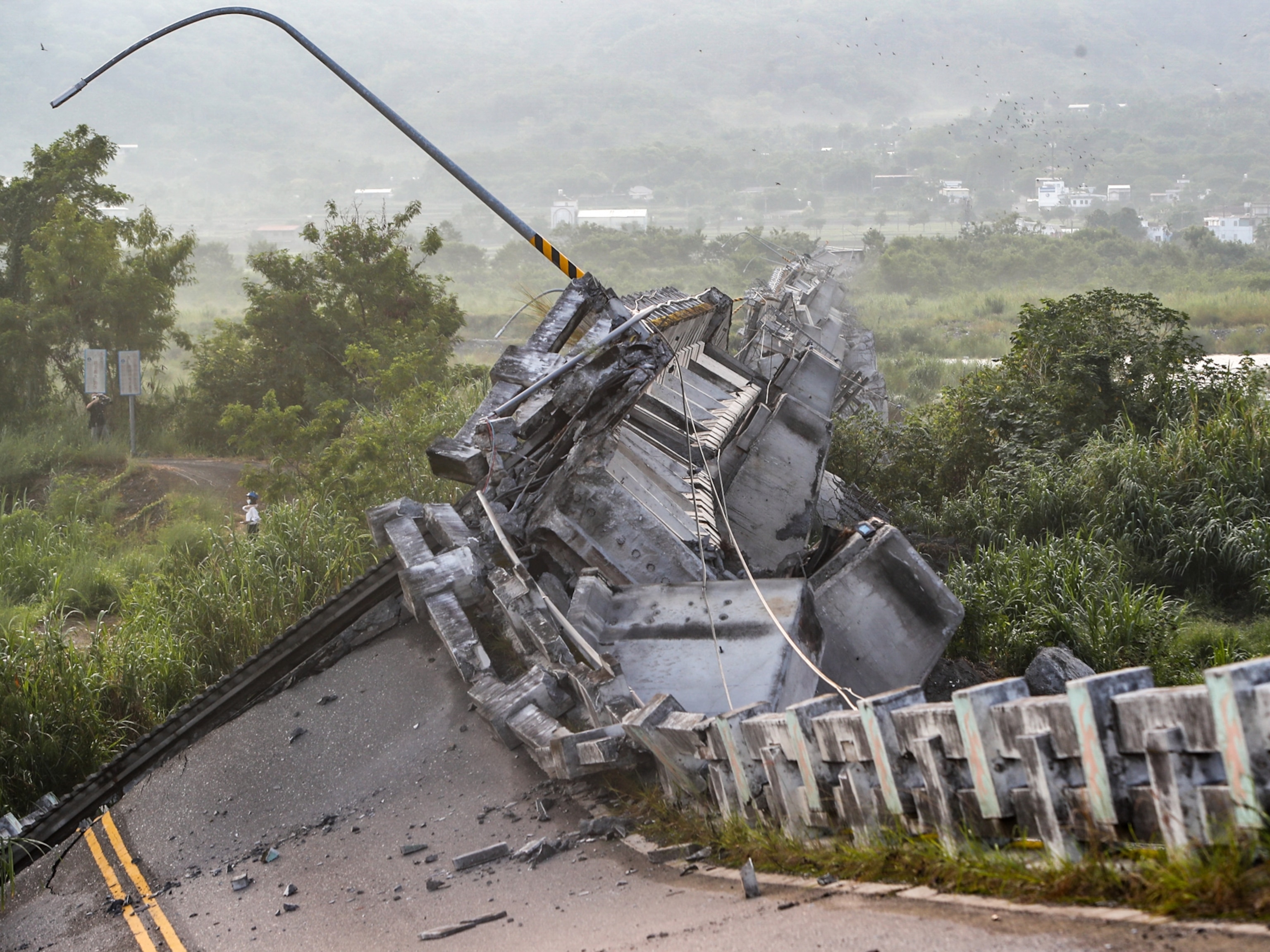
Here’s what made Hurricane Katrina one of the worst storms in U.S. history.
With winds reaching as high as 120 miles per hour, the Category 3 storm devastated New Orleans and coastal Louisiana—and its effects are still felt today.
Hurricane Katrina was a Category 3 storm that made landfall off the Louisiana coast on August 29, 2005, with maximum sustained wind speeds of 120 miles per hour. Because of the ensuing destruction and loss of life, Hurricane Katrina is often considered one of the worst storms in U.S. history. An estimated 1,200 people died as a direct result of the storm, which also cost an estimated $108 billion in property damage, making it the costliest hurricane on record.
The devastating aftermath of Hurricane Katrina exposed a series of deep-rooted problems, including controversies over the federal government’s response, difficulties in search-and-rescue efforts, and lack of preparedness for the storm, particularly regarding the city’s aging levees. Fifty of those levees failed during the storm, significantly flooding the low-lying city and causing much of the damage.
The city’s Lower Ninth Ward was impacted the most from levee failure, resulting in the suffering of a disproportionate number of low-income and African American families. Many who lost their homes faced years of hardship. The area is still working to recover today.
In 2015, then-President Barack Obama said of Katrina, “What started out as a natural disaster became a man-made disaster—a failure of government to look out for its own citizens.”
(What are hurricanes, cyclones, and typhoons?)
The city of New Orleans and other coastal communities in Katrina’s path remain significantly altered, physically and culturally. The damage was so extensive that some pundits had argued, controversially, that New Orleans should be permanently abandoned, even as the city vowed to rebuild.
In the year after Katrina, the population of New Orleans fell by more than half, according to Data Center Research. As of this writing, the city has returned to nearly 80 percent of its pre-Katrina population numbers.
The timeline of Hurricane Katrina
Katrina first formed as a tropical depression in Caribbean waters near the Bahamas on August 23, 2005. Two days later, it became a Category 1 storm as it passed into south Florida and over southeastern Miami. The tempest blew through Miami, where winds reached 80 miles per hour, uprooting trees and killing two people.
Without warm ocean water to sustain its wind speed and strength, Katrina weakened to a tropical storm. However, once it crossed back into the Gulf of Mexico, the storm quickly regained its strength and hurricane status.
(Read a detailed timeline of how the storm developed)
On August 27, the storm grew to a Category 3 hurricane. At its largest, Katrina was so wide its diameter stretched across the Gulf of Mexico.
Before the hurricane struck land, a mandatory evacuation was issued for the city of New Orleans, which had a population of more than 480,000 at the time.
Tens of thousands of residents fled. But when the storm hit, about 100,000 were trapped in the city, particularly the poorest residents, the elderly, and people who lacked access to transportation.
Many residents sheltered in their homes. About 25,000 made their way to the Superdome, the city’s large sports arena, where conditions soon deteriorated into hardship and chaos.
Katrina passed over the Gulf Coast early on the morning of August 29. Officials initially believed New Orleans was spared as most of the storm battered areas toward the Mississippi coast, near Biloxi, Mississippi, where winds were the strongest and damage more extensive.
Later that morning, a levee broke in New Orleans and a surge of floodwater began pouring into the low-lying city. The waters soon overwhelmed additional levees.
(Do female hurricanes really kill more people than male ones?)
The following day, Katrina weakened to a tropical storm, but severe flooding inhibited relief efforts in much of New Orleans. An estimated 80 percent of the city was under water. By September 2, four days later, the city and surrounding areas were in full-on crisis mode, with stranded people and companion animals and collapsing infrastructure and services.
Congress issued $10 billion for disaster relief aid even as much of the world began criticizing the U.S. government’s response. Controversy followed aid groups as they moved into the area.
The United States Government Accountability Office has estimated up to $1.4 billion of the initial $7 billion aid that the Federal Emergency Management Agency provided in Katrina assistance was lost to fraud.
In 2014, the Government Accountability Office reported only $60 million had been recovered. While the American Red Cross served more than 68 million meals during the response, allegations of financial mismanagement after 9/11 and Hurricane Katrina caused a series of chief executives to resign.
(Are we approaching the scientific limit to a hurricane’s power?)
Geography of New Orleans
The city of New Orleans is located in a region that sits in a natural basin. Parts of the city lies below sea level, making it particularly vulnerable to flooding. Low-income communities tend to be in the lowest-lying areas.
Just south of the city, the powerful Mississippi River flows into the Gulf of Mexico. During intense hurricanes, oncoming storms can push seawater onto land, creating what is known as a storm surge. Those forces typically cause the most hurricane-related fatalities. As Hurricane Katrina hit, New Orleans and surrounding parishes saw record storm surges as high as 19 feet.
Experts had warned officials about the city’s natural disadvantage years before Hurricane Katrina hit. But there was limited success in changing policies to shore up the city.
(Should we be preparing for Category 6 hurricanes?)
New Orleans levee catastrophe
Levees can be natural or manufactured. They are essentially walls that prevent waterways from overflowing and flooding nearby areas. Levees have protected New Orleans since the French began inhabiting the region in the 17th century.
Construction of modern levees began in 1965, after Hurricane Betsy flooded much of the city. The U.S. Army Corps of Engineers then built a complex system of 350 miles of levees. However, a 2006 report by the Corps concluded that insufficient funding and information along with poor construction had left the flood system vulnerable to failure.
Even before Katrina made landfall off the Gulf, the incoming storm surge had started to overwhelm the levees, spilling into residential areas. More than 50 levees would eventually fail before the storm subsided.
The storm’s winds alone caused major damage in New Orleans, downing trees and destroying buildings. But studies conducted in the years since have concluded that failed levees accounted for the worst impacts and most of the deaths. A recent study found that, decades after Katrina, the city’s flood walls are continuing to sink nearly two inches each year.
(Why hurricanes are getting more powerful—more quickly)
Hurricane Katrina aftermath
An assessment from the state of Louisiana confirmed that just under half of the 1,200 deaths from Katrina resulted from chronic disease exacerbated by the storm, and a third were from drowning. But experts debate the total death toll from hurricanes.
For Katrina, counts can vary by as much as 600. Some argue that indirect hurricane deaths, such as those caused by the inability to access medical care, should be counted in official numbers.
Hurricane Katrina was the costliest in U.S. history and left widespread economic impacts. Oil and gas operations were crippled after the storm. Communities in coastal areas that rely on tourism suffered from both lost infrastructure and business, plus coastal erosion.
(20 years after Katrina, New Orleanians are redefining ‘home’)
An estimated 400,000 people were permanently displaced by the storm, leading to demographic shifts. The lowest-income residents were unable to return. Some neighborhoods now have fewer residents under 18, due to families resettling in cities like Houston, Dallas, and Atlanta. New Orleans is now more racially diverse, with higher numbers of Latinos and Asians, while a disproportionate number of African Americans found it too difficult to return.
National Geographic’s five-part documentary series Hurricane Katrina: Race Against Time, now streaming on Disney+, offers an intimate look at Hurricane Katrina through the eyes of those who lived it, 20 years later.















